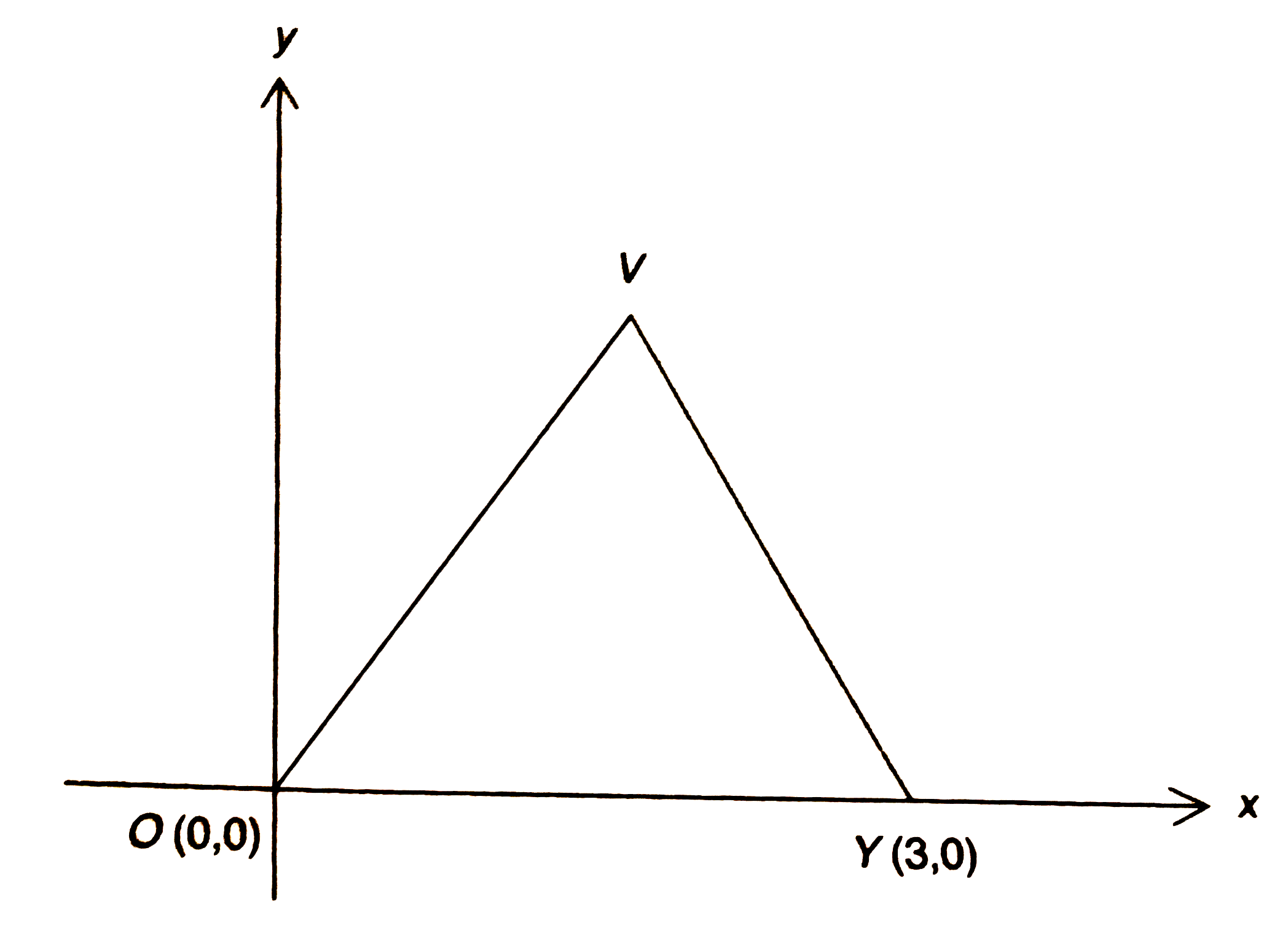Let f(x)=2x−sinx and g(x)=3√x . Then
To solve the problem, we need to analyze the functions f(x)=2x−sinx and g(x)=3√x to determine their properties, specifically whether they are bijective (one-to-one and onto), and to find the composition g∘f.
Step 1: Analyze the function f(x)=2x−sinx
1. Find the derivative f′(x):
f′(x)=ddx(2x−sinx)=2−cosx
2. Determine the critical points:
- The function f′(x)=2−cosx is always positive since cosx ranges from -1 to 1. Therefore, f′(x)≥1 for all x.
- Since f′(x)>0 for all x, f(x) is strictly increasing.
3. Conclusion about f(x):
- Since f(x) is strictly increasing, it is a one-to-one function (injective).
- As x approaches −∞, f(x) approaches −∞, and as x approaches +∞, f(x) approaches +∞. Therefore, the range of f(x) is R.
Step 2: Analyze the function g(x)=3√x
1. Find the derivative g′(x):
g′(x)=ddx(3√x)=3√x⋅12√xln(3)
- For x>0, g′(x)>0 since both 3√x and ln(3) are positive.
2. Conclusion about g(x):
- Since g′(x)>0 for x>0, g(x) is strictly increasing for x≥0.
- As x approaches 0, g(x) approaches 1, and as x approaches +∞, g(x) approaches +∞. Therefore, the range of g(x) is (1,+∞).
Step 3: Composition of functions g(f(x))
1. Find g(f(x)):
g(f(x))=g(2x−sinx)=3√2x−sinx
2. Determine the range of g(f(x)):
- Since f(x) maps R to R and g(x) is defined for x≥0, we need to ensure 2x−sinx≥0.
- For large x, 2x−sinx is positive, and since f(x) is strictly increasing, g(f(x)) is also strictly increasing.
Conclusion
- Since both f(x) and g(x) are one-to-one functions, their composition g(f(x)) is also one-to-one.
- The range of g(f(x)) is (1,+∞), which means it is not onto R but is onto the interval (1,+∞).
Final Answers
1. Both f and g are one-to-one functions.
2. The composition g∘f is one-to-one.
3. The range of g∘f is (1,+∞).
f′(x)=ddx(2x−sinx)=2−cosx
- The function f′(x)=2−cosx is always positive since cosx ranges from -1 to 1. Therefore, f′(x)≥1 for all x.
- Since f′(x)>0 for all x, f(x) is strictly increasing.
- Since f(x) is strictly increasing, it is a one-to-one function (injective).
- As x approaches −∞, f(x) approaches −∞, and as x approaches +∞, f(x) approaches +∞. Therefore, the range of f(x) is R.
g′(x)=ddx(3√x)=3√x⋅12√xln(3)
- For x>0, g′(x)>0 since both 3√x and ln(3) are positive.
- Since g′(x)>0 for x>0, g(x) is strictly increasing for x≥0.
- As x approaches 0, g(x) approaches 1, and as x approaches +∞, g(x) approaches +∞. Therefore, the range of g(x) is (1,+∞).
g(f(x))=g(2x−sinx)=3√2x−sinx
- Since f(x) maps R to R and g(x) is defined for x≥0, we need to ensure 2x−sinx≥0.
- For large x, 2x−sinx is positive, and since f(x) is strictly increasing, g(f(x)) is also strictly increasing.
- The range of g(f(x)) is (1,+∞), which means it is not onto R but is onto the interval (1,+∞).
1. Both f and g are one-to-one functions.
2. The composition g∘f is one-to-one.
3. The range of g∘f is (1,+∞).
Similar Questions
Knowledge Check
Let f(x)=√x2−4x and g(x) = 3x . The sum of all values for which f(x) = g(x) is
A−8.5B0C8D9.4If f(x)=(4−x)2 and g(x)=√x, then (g o f) (x)=
 A|4−x|B|2−x|C√x(4−x)2D(√4−x)2
A|4−x|B|2−x|C√x(4−x)2D(√4−x)2
If g(f(x))=|sinx|andf(g(x))=(sin√x)2 , then f(x)=sin2x,g(x)=√x f(x)=sinx,g(x)=|x| f(x=x2,g(x)=sin√x fandg cannot be determined
View SolutionLet f:R→R and g:R→R be two functions such that fog(x)=sinx2andgof(x)=sin2x Then, find f(x)andg(x).
View SolutionIf g(f(x))=|sinx|andf(g(x))=(sin√x)2 , then (a).f(x)=sin2x,g(x)=√x (b).f(x)=sinx,g(x)=|x| (c)f(x=x2,g(x)=sin√x (d).f andg cannot be determined
View SolutionLet f:R→R and g:R→ be two functions such that fog(x)=sinx2andgof(x)=sin2x. Then, find f(x)andg(x).
View SolutionIf g(x)=1+√xandf(g(x))=3+2√x+x then f(x) is equal to
View SolutionConsider f, g and h be three real valued function defined on R. Let f(x)=sin3x+cosx,g(x)=cos3x+sinx and h(x)=f2(x)+g2(x). Then,
The length of a longest interval in which the function g=h(x) is increasing, is
View Solution
